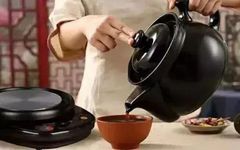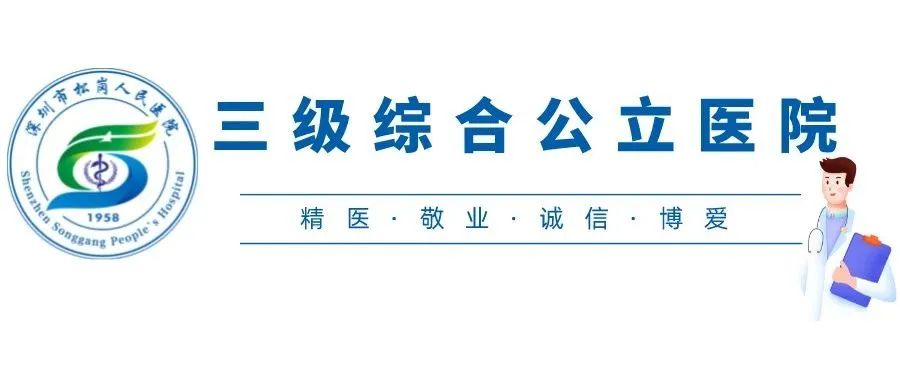
Traditional Chinese herbal decoctions have been passed down since ancient times, originating from the miraculous formulas of Yi Yin during the Shang Dynasty, and continue to be popular worldwide.
Did you know? Making these magical decoctions is not as simple as just soaking the herbs; it requires attention to the choice of pot, water, heat, and various little secrets in the cooking method!
Now, let us unveil the mysterious veil of preparing traditional herbal decoctions, revealing the magical power of this ancient wisdom, and learn how to skillfully apply these secrets to bring vitality and health to our bodies!
1. Cooking Utensils for Decoction
Clay pots and earthenware jars are preferred,
with enamel pots being a secondary choice.
Avoid using metal pots such as copper, iron, or aluminum,
to prevent chemical reactions that may affect efficacy.
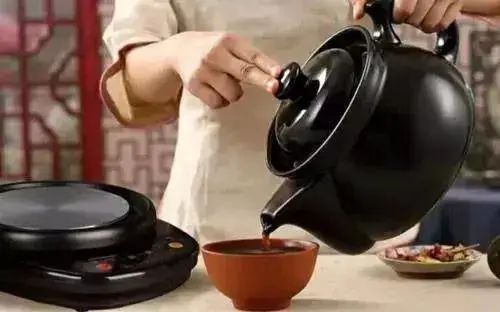
2. Water for Decoction
In ancient times, long-flowing water, well water, rainwater, spring water, and rice washing water were used for decoction.
Nowadays, tap water, well water, and distilled water are commonly used, but the water should be clean and fresh (meeting drinking water standards).
3. Heat for Decoction
There are two types of heat: gentle heat and strong heat.
Gentle heat refers to a slow increase in temperature and evaporation of water;
strong heat, also known as rapid heat, refers to a quick increase in temperature and evaporation of water.

4. Decoction Method
First, soak the herbs for 30-60 minutes, with the water level 2-3 cm above the herbs.
Generally, Chinese herbs are decocted twice, with the second decoction using 1/3 to 1/2 the amount of water used in the first decoction.
After filtering the residue from both decoctions, mix the liquids and divide into two doses.
The heat and time for decoction should be determined based on the properties of the herbs.
In general—
Herbs for Releasing the Exterior and Clearing Heat
should be decocted with strong heat for a short time, boiling for 3-5 minutes;
Tonifying Herbs
should be decocted with gentle heat for a longer time, boiling and then continuing to simmer for 30-60 minutes.
Some herbs have special decoction methods due to their different properties, which should be noted in the prescription. These include methods such as pre-decoction, late addition, bag decoction, separate decoction, melting, soaking, and using decoction as water.
Pre-Decoction
Refers mainly to certain difficult-to-dissolve minerals, fossils, and shell-type herbs, which should be crushed and pre-decocted for 20-30 minutes before adding other herbs to ensure effective components are fully extracted.
Examples include magnetite, daizhi stone, raw iron filings, gypsum, cold water stone, purple quartz, dragon bone, oyster, clam shell, tile, mother-of-pearl, stone calamine, purple clam, turtle shell, and soft-shelled turtle shell.
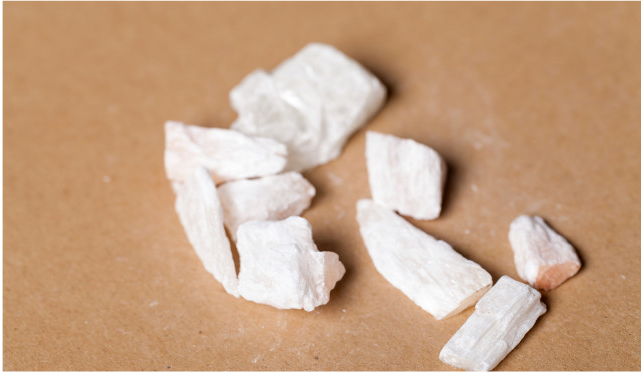
Additionally, for highly toxic herbs such as Fu Zi (Aconite), Chuan Wu (Chuanwu), and Cao Wu (Cao Wu), it is advisable to pre-decoct for 45-60 minutes before adding other herbs to reduce toxicity and ensure safety.
Late Addition
Refers mainly to certainaromatic herbs, whose effective components may easily evaporate if decocted for too long, and should be added just before the other herbs are finished decocting for 5-10 minutes, such as mint, Qinghao (Artemisia annua), sand ginger, agarwood, cardamom, and cinnamon.
Moreover, some herbs, although not aromatic, may have their effective components destroyed by prolonged decoction, such as Uncaria and rhubarb, also fall under this category.
Bag Decoction
Refers mainly to those herbs that are sticky, powdered, or have fine seeds and fuzzy surfaces, which should be placed in a cloth bag and decocted with other herbs to prevent the decoction from becoming cloudy or irritating the throat, causing coughing, or settling at the bottom of the pot, or burning during heating, such as clam powder, slippery stone, and Inula flower.

Separate Decoction
Also known as separate stewing, refers to certain precious herbs that should be decocted separately to better extract their effective components, requiring2-3 hours of separate stewing.
The decoction can be taken separately or mixed with other decoctions.
Melting
Also known as dissolving, refers to certain gelatinous herbs and those that are highly viscous and easily soluble. To avoid sticking to the pot or affecting the decoction, they can be heated and dissolved in water or yellow wine, then taken with the decoction, or added to the decoction after it has been prepared, such as Ejiao (Donkey-hide gelatin), Lu Jiao (Deer antler), and honey.

Soaking
Also known as steaming, refers to certain herbs whose effective componentsare easily soluble in water or easily destroyed by prolonged decoction. They can be soaked in a small amount of boiling water or in the hot decoction of other herbs, covered to reduce evaporation, and taken after the liquid cools and the residue is filtered out, such as saffron, senna leaves, and fat sea.
Washing Down
Refers mainly to certain precious herbs that are used in small amounts. To prevent loss, they are often ground into fine powder to be taken with warm water or decoction, such as musk, ox gallstone, pearl, antler, American ginseng, and ginseng;
Some herbs, depending on the condition, are also ground into powder for better efficacy, such as San Qi (Notoginseng) for stopping bleeding, Huai Hua (Sophora japonica) for calming wind and stopping spasms, and Hai Piao Xiao (Cuttlefish bone) for acid relief and pain.

Some herbs may lose efficacy at high temperatures or have their effective components difficult to dissolve in water, and can only be taken as powders, such as Lei Wan (Thunderbolt), He Cao Ya (Herba Ecliptae), and Zhu Sha (Cinnabar).
Additionally, some liquid herbs such as bamboo juice, ginger juice, lotus root juice, water chestnut juice, fresh rehmannia juice, and honey also need to be taken in this manner.
Using Decoction as Water
Refers mainly to certain herbs that should be decocted separately to prevent cloudiness when mixed with other herbs, and the clear liquid should be used as water for decocting other herbs, such as Zaoxin soil.
Moreover, some herbs that are light and used in large quantities, such as corn silk, loofah fiber, and money grass, can also be used as decoction water.
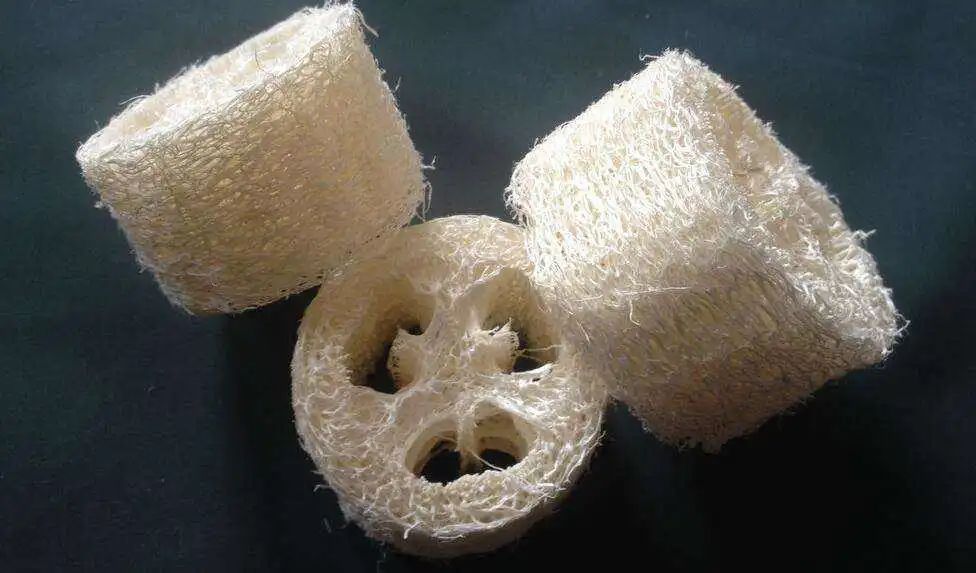
After this wonderful journey of learning, we have gained a deeper understanding of the process and methods of decocting traditional Chinese medicine. It perfectly combines the wisdom accumulated over thousands of years with the mysteries of nature, bringing us healthy remedies. We hope you can harvest a lot from this joyful adventure, and may the magical power of traditional Chinese medicine accompany you through many healthy and happy days!
References
[1] Zhong Gansheng, Yang Baican. Traditional Chinese Medicine (National Higher Education Planning Textbook for Traditional Chinese Medicine Industry during the 14th Five-Year Plan) [M]. China Traditional Chinese Medicine Publishing House, 2021.
Expert Profile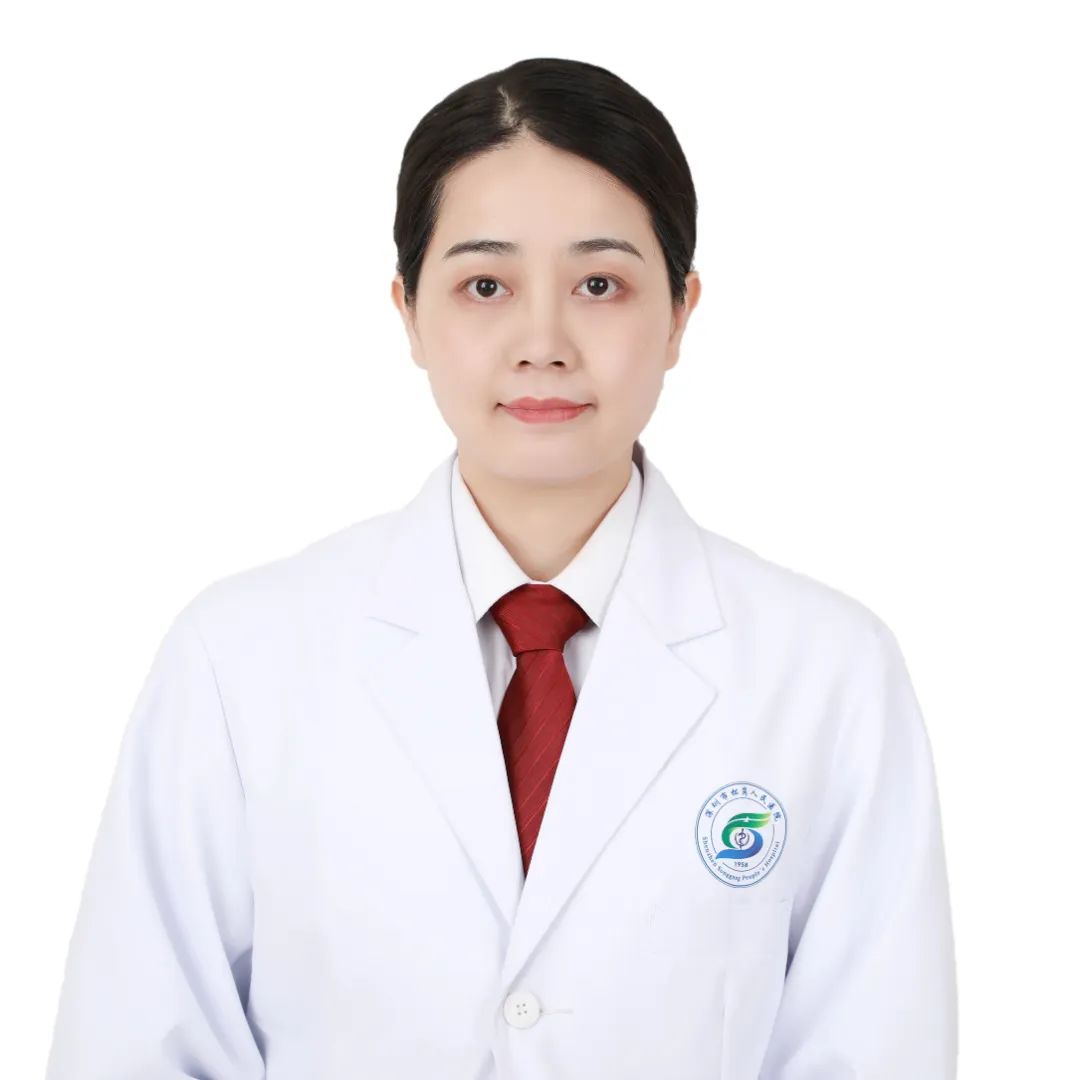
Xiong Qian, Associate Chief TCM Physician, Master’s Degree.
Recognized as a “2021-2022 Annual March 8 Red Flag Bearer” in the Baoan District Health System, selected in 2023 for the “Pengcheng Qihuang Project Shenzhen Excellent Talent Training Program”. She has experience working in a tertiary hospital (Guangdong Provincial Hospital of Traditional Chinese Medicine) and is a key member of the TCM department at Songgang People’s Hospital. She has participated in several national and provincial research projects and is a direct disciple of renowned masters in acupuncture and TCM. She is a member of the Guangdong Branch of the Chinese Acupuncture Society.
Specializes in the integrated treatment of various types of hepatitis, fatty liver, cirrhosis, liver cancer, colds, coughs, skin diseases, insomnia, male diseases, and other common ailments.
For outpatient appointments: Click to make an appointment
Text and images by TCM Department, Xiong Qian
Edited by Health Education Department
Reviewed by Han Tongkun
 Scan the QR code above to follow the hospital’s official WeChat account
Scan the QR code above to follow the hospital’s official WeChat account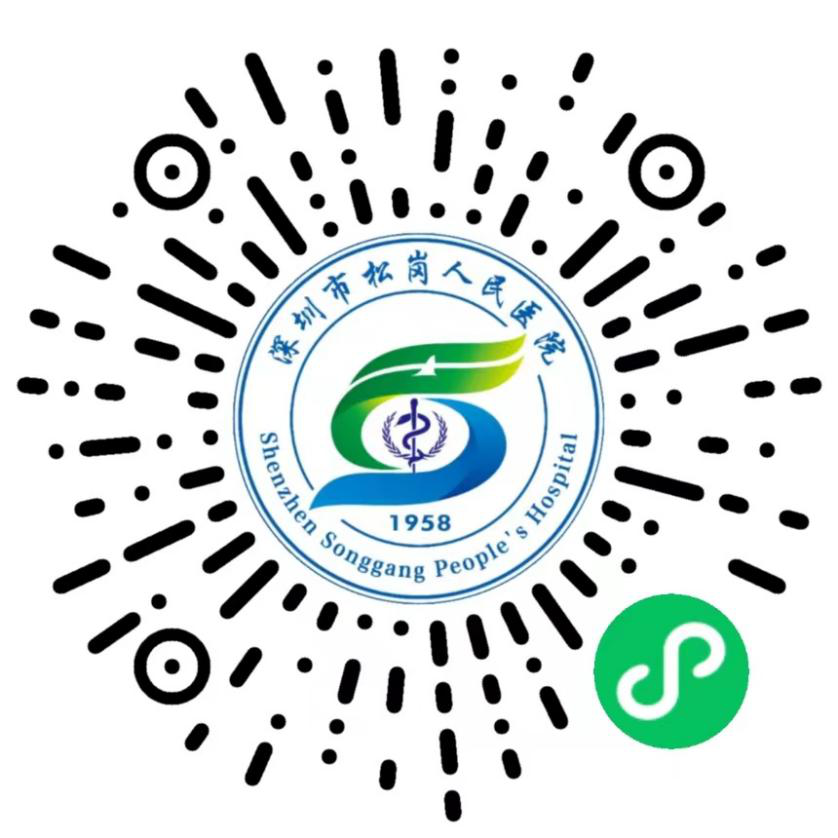 Scan the mini-program code above to enter Song Medical Internet Hospital
Scan the mini-program code above to enter Song Medical Internet Hospital

